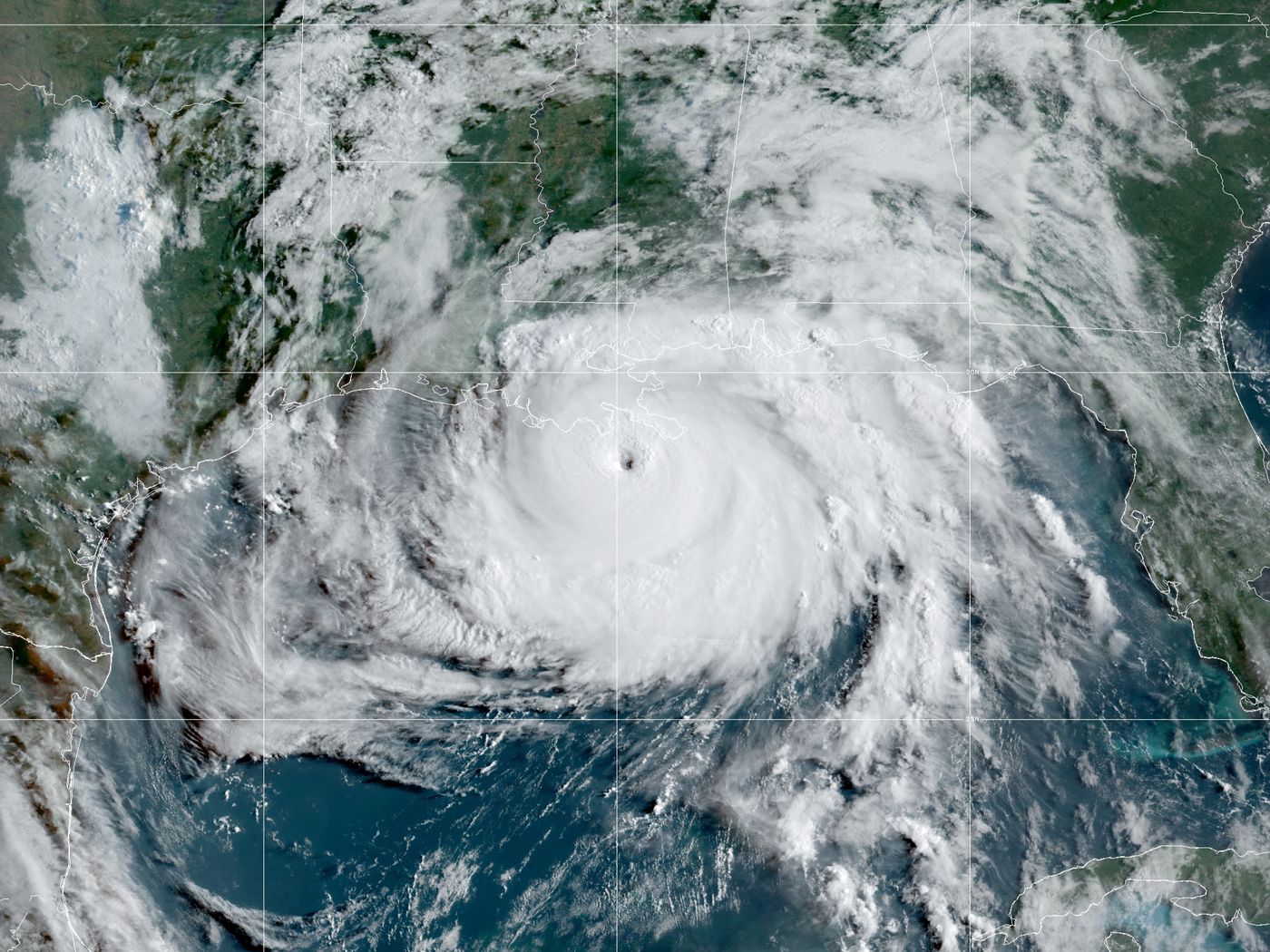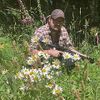Ida 2021
At 8pm on Friday September 3rd teams of volunteers from the SRA began to arrive at the Harbor Church in Hammond Louisiana

At 8pm on Friday September 3rd teams of volunteers from the SRA chapters of DFW, Corpus Christi, Atlanta, Oklahoma city, and Houston began to arrive at the Harbor Church in Hammond Louisiana. Come 6am the next morning they, with teams from Mutual Aid Disaster Relief (MADR) and other community based organizations, were striking out into the community to address the destruction that Hurricane Ida had wrought in the preceding days.
The orchestration of the aid was rather lateral as reported by Radigal, a volunteer from DFW. “We got into contact with other groups heading down there, and then the first day we split into teams and we just kind of figured out who had the best experience with what and who was the most interested in doing what things and we split off from there.”
When asked if they had any designated roles Nate from North Georgia responded “No, not really. We worked everything out on the fly as we were going.” This lateralist approach to disaster relief has served as a dual power rebuff to the idea that it is the standard government responses to natural disasters that are what get work done. As we have seen in past mutual aid efforts and in the current case of Ida, it is the community that stands to do the most good in rebuilding, and not the State. In the words of Radigal “I think everyone in the SRA should find an opportunity to provide mutual aid whether it’s in their own community or it’s in a different state. I think that being on the ground is an incredibly informative part of my ideology and I think that everyone should try and find a way to experience that.”
The ground teams experienced a lot of success in finding work as when they started with one project they would start conversations with community members and then slide into further tasks to complete in the community. "Our first point of contact [was] mainly the pastors of local churches" says Tim of North Georgia of his ground team. "Then from there we would go around and just ask 'hey, I know we just cleared a tree out of your lawn, do you know of any of your neighbors that also need help?' Then they'd point us to people 10-15 minutes down the road in other communities and once we went to those communities we'd also talk around. I think by the time [our team] left we had 30-40 people we contacted." The ground teams were also able to follow leads given to them by the local churches and particularly MADR. Catracho from Corpus Christi reports that “thanks to the cooperation with MADR we were able to get people into the Huma area which was apparently a high impact zone with little response at the time.” To qualify this success, in a report published by the above mentioned chapters it was noted that “the greatest resource lacking was manpower.” Events like these can only be powered by volunteers. Like the generation of value, there is no amount of money or logistics that can actuate change without labor to transform it. Responding to such a large disaster is a massive undertaking that requires an amount of labor in kind. While not a silver bullet, the efforts of these chapters were massively impactful for those that they helped and are quite replicable. It is precisely these actions that safeguard our communities from catastrophe, and it is these actions we need to make time for. While much prepper rhetoric centers on the idea of looking out for yourself and looting the corpses you drop (rhetoric born of chauvinism and isolationism), it is mutual aid that provides security to a community. The SRA and our allies will be holding the line against catastrophe, arm in arm, singing joyfully for the resilient communities we have built.
